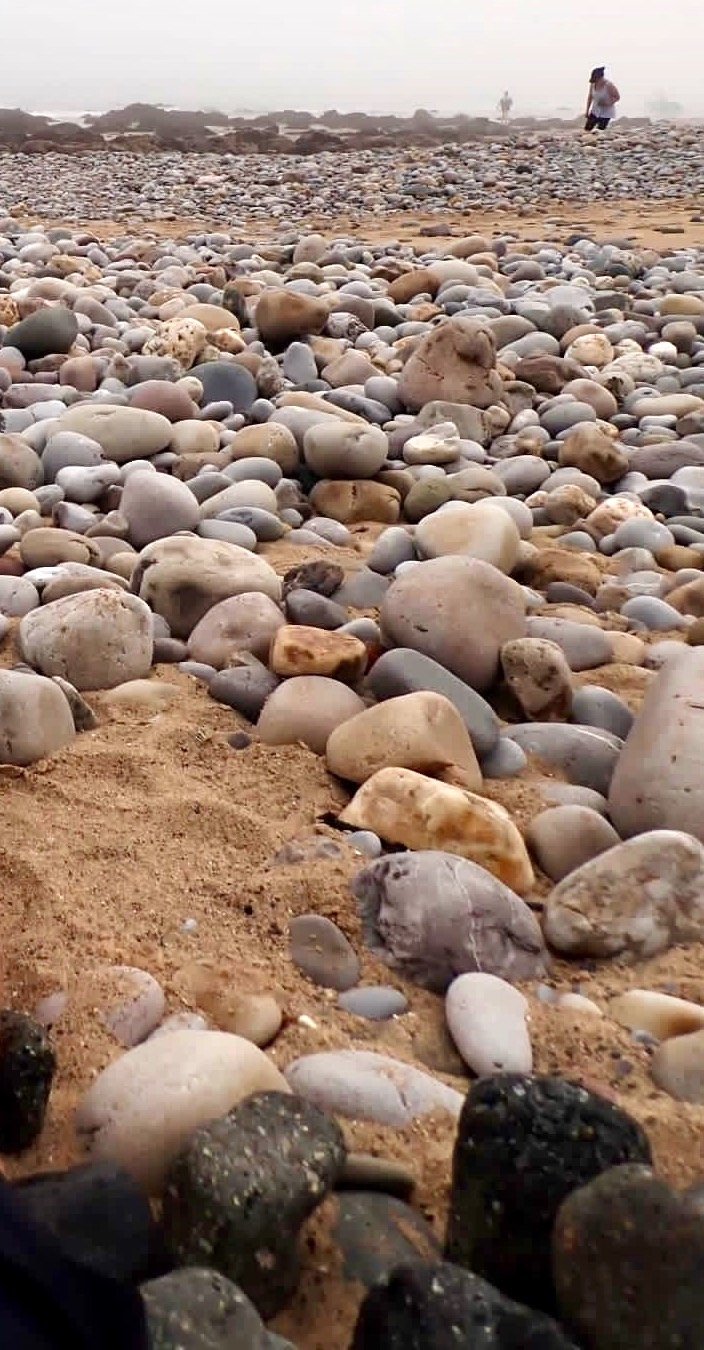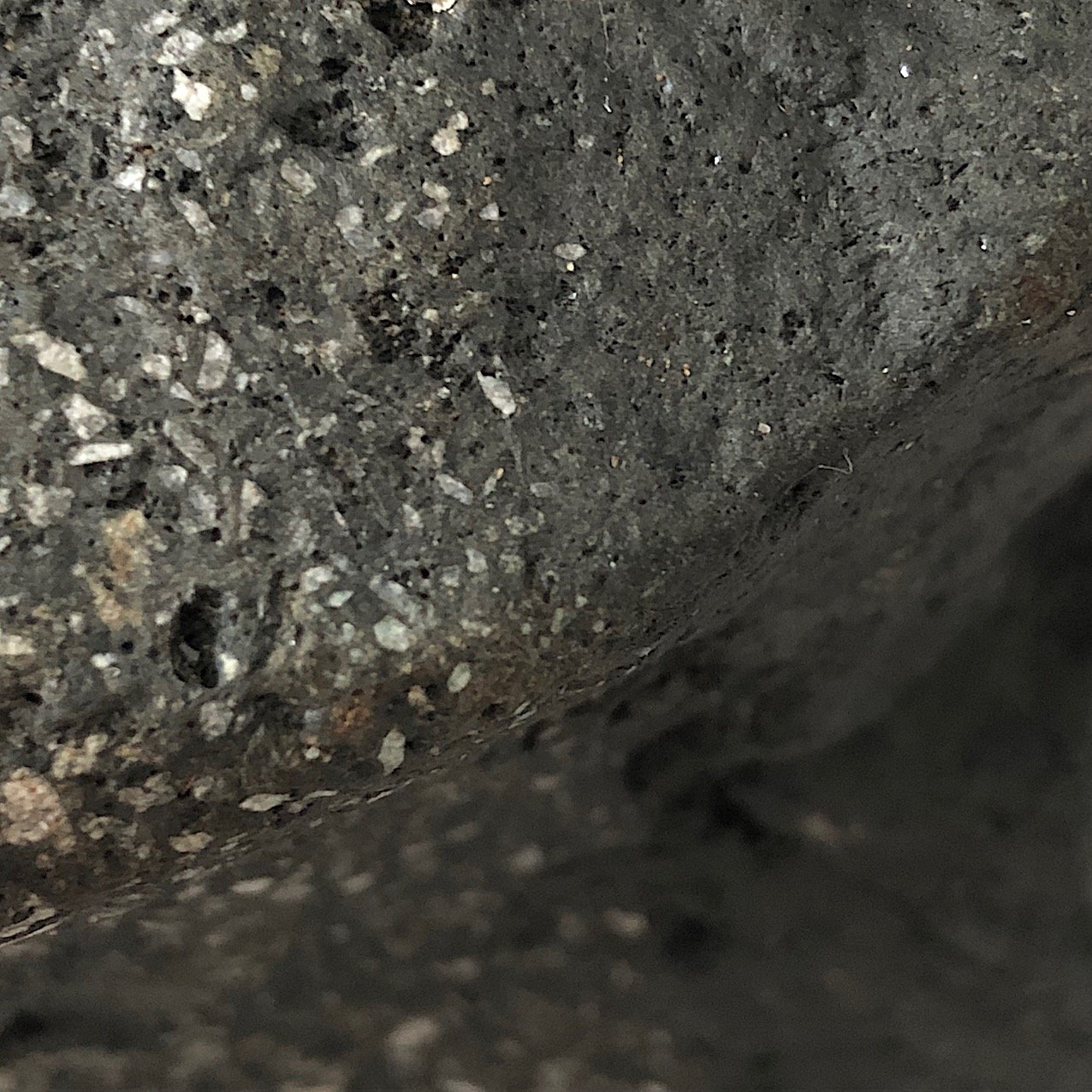Limestone cobbles are the dominant rock found along our beaches on south Gower. However, amongst the wide ranging mix of other rock types present, there are some peculiar specimens! One in particular has both intrigued and baffled me for quite some time but now, finally, I have discovered what it is. And it is an incredible find with enormous relevance to my work.
This material has been rounded by the sea, is filled with visible crystals and pitted with holes just like its neighbouring pebbles. But this is not natural rock, it is actually a waste product from the once dominant Copper industry in Swansea Valley and was used as ballast.
Copper ore was imported to Swansea by ship from places such as Cornwall. After offloading their cargo these ships needed to replace the weight to safely navigate their homeward journey. The waste slag from the copper smelting process was ideal for this task, being a heavy material of ready supply and having no other obvious purpose.
And so it would end up on our beaches, because when no longer needed it was dumped at sea.
The pieces of this man-made rock I’ve found are many and varied, in size and appearance. Most are blackish in colour with obvious pale crystal formations throughout. Some show flashes of green copper which hints at their origination. Some are rough with vesicles, the small indentations formed by gas bubbles at great temperature. Others are smooth and metallic looking, or indeed are combinations of the above! Obvious layers are sometimes visible too, as different minerals have crystallised out towards the top. It’s fascinating human created geology.
This anthropogenic rock epitomises all that I’m looking at in so many ways, not least the interplay between industrialisation, melting and the sea. It has many layers of meaning and is something I have begun to explore in conjunction with other materials such as pewter (below) to speak loudly of our current global warming predicament.







